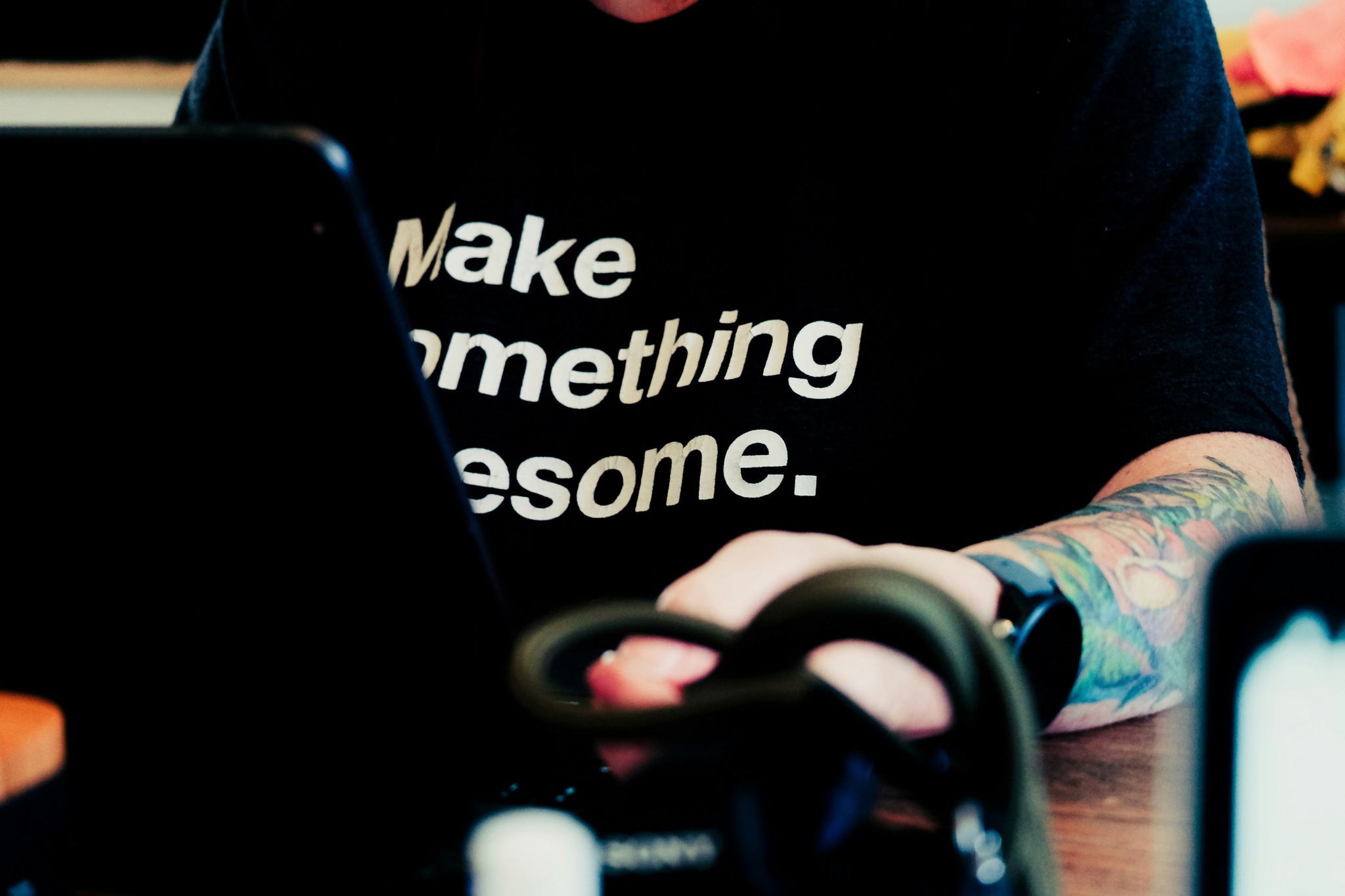Subscribe
Updated on Oct 26, 2024
In 1997, Netflix was born, a business concept that started as a video store, but later transformed to offer its customers a subscription service. Would users pay a monthly fee to watch series and movies?
The phenomenon worked so well that it now has 167 million subscriptions worldwide.
Following in the footsteps of Netflix and its subscription concept, many companies in other sectors have launched to emulate this service in full swing. A model that offers the opportunity to build lasting bonds with customers, resulting in steady income for the companies.
In this field, the possibilities go beyond a streaming service; brands seek new implementations such as hyper-personalization of the product. Birchbox is the most notable success case of this strategy. The company sends its subscribers a box with makeup samples or other beauty-related products. The package is completely personalized, segmenting by interests, concerns, and needs of the customers. In this way, the company manages to create a unique brand experience and engagement.

To understand the tastes of customers in detail, Birchbox conducts monthly surveys with its customers; however, there is a more advanced formula to anticipate consumer needs and offer the ideal product for each person, and that is automatic replenishment. This is a way to obtain customer information based on artificial intelligence, the Internet of Things, and Big Data. According to a BI Intelligence survey, 79% of customers between 18 and 34 years old are interested in automatic replenishment services for household items.
For example, Boxed, a wholesaler of household products, has developed an algorithm to predict when consumers will need to reorder certain products and notifies them accordingly. The company has taken this idea of artificial intelligence to another level: a pilot test, called Boxed Concierge, automatically completes bulk buyers' items, sending them without even requiring the recipient's approval.
Another idea related to automating the delivery service comes from Glossier, a beauty product brand that offers Never-Run-Out to the customer, a system where the consumer can choose the frequency at which they would like to receive their favorite products. This implementation ensures that followers of a popular item will not end up on a waiting list.
Likewise, user information can be obtained through aggregated data. In other words, companies like Under Armour offer their subscribers AmourBox, a box whose data source is collected from their applications (My Fitness Pal and Map My Run). For example, if a user regularly runs at night with the app, the company will deliver reflective and warmer clothing to the subscriber to better withstand the nighttime temperature.
Subscription services work very well for niche brands focused on a very defined audience. Influencer Alexis Ren offers a subscription service for her fans to have access to exclusive products. As for wholesale retailers, the membership-based business model is one of the most used. The company offers an annual fee, and customers receive a 20% discount, in addition to free deliveries on every purchase.
The rental of garments will be a $ 1960 million business by 2023.
In the same line, launching subscription-based rental programs can also attract the mass consumer market. The World Economic Forum predicted that by 2030, people would not own anything, thus popularizing the rental of products, especially in the fashion sector. The global garment rental market will grow at a Compound Annual Growth Rate (CAGR) of 10.76% between 2018 and 2023 and will reach a value of $1960 million by 2023, according to Reuters.

To facilitate garment returns, as well as rental service procedures and cost savings in hiring a carrier to make the return, Rent the Runway, an American online rental site, installed return deposits in WeWork centers. Thanks to this, inconveniences in returns were minimized.
New consumption habits tend towards sustainability and delve into the idea of using a product without the need to buy it. This would also attract more price-conscious groups such as millennials or Generation Z. In this search for sustainability, fashion brands focus on environmentally responsible laundries for their rental programs. This measure will also extend the garment's lifecycle and increase its use.
However, these guidelines must be based on a previous market study to ensure the added value of the strategy. Knowing the focus well, subscription services allow companies to build customer loyalty, thus ensuring frequent sales. Therefore, techniques such as automatic replenishment or hyper-personalization of the product facilitate this objective, as well as rising trends such as garment rental under subscription.




